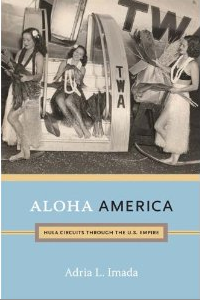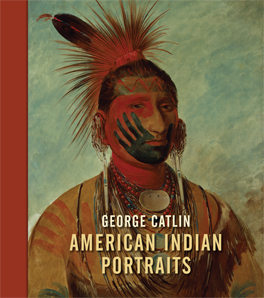 I recently reviewed Adria Imada’s book Aloha America: Hula Circuits Through the U.S. Empire for the Journal of Pacific History. It is an engaging study of how the popularization of hula fostered an “imagined intimacy” between the United States and Hawai’i that facilitated that hula played in the United States. The full review is here.
I recently reviewed Adria Imada’s book Aloha America: Hula Circuits Through the U.S. Empire for the Journal of Pacific History. It is an engaging study of how the popularization of hula fostered an “imagined intimacy” between the United States and Hawai’i that facilitated that hula played in the United States. The full review is here.
One interesting aspect to note is that like most contemporary studies, Imada’s book follows modern Hawaiian orthography and refers to the archipelago of islands as Hawai’i, i.e., including the ‘okina to mark a glottal stop. One outcome of the Hawaiian Renaissance of the 1970s and the related rise of the Hawaiian sovereignty movement has been increased emphasis on the politics of language. Beyond simply forgoing English words for Hawaiian ones, there has been a concerted effort to use Hawaiian rather than English orthography for various terms. Perhaps the most visible manifestation of this latter shift is promoting the use of Hawai’i over Hawaii. In academia at least, Hawai’i is now the conventional spelling. Still, it remains to be seen if and when this change might be effected at the official government level (the University of Hawai’i and some other local and state institutions have already made the shift). Part of what is so interesting about the debate over what to call the islands (and how to spell it) is that it has been an ongoing and very political issue for over two hundred years.
When Captain James Cook sailed through the archipelago in 1778, he recorded the names of the islands given to him by the local inhabitants, including that of “Owhyhee,” which seemed to have been used interchangeably as the name for the largest of the islands (Hawai’i, i.e. the Big Island) and for the overall group. The seemingly extraneous O in Owhyhee was due to a misunderstanding of the Hawaiian language in which the o’ was used as a copula verb. In short, Cook recorded a phrase, O’ Hawai’i (This is Hawai’i) as the name. Of course, it did not much matter to him, as it was also Cook who designated the group the “Sandwich Islands” after John Montagu, the fourth Earl of Sandwich and First Lord of the Admiralty. Cook’s name stuck and at least through the 1840 most foreign sources and early Hawaiian laws and treaties referred to the islands as the Sandwich Islands. When missionaries standardized an alphabet and written Hawaiian in the 1820s, the native name was rendered as Hawaii. And despite the predominance of the Sandwich Islands in foreign/official usage, there was clearly Hawaiian resistance to that name. Librarian Russell Clement has noted that official correspondence resulting from USN Captain W. C. B. Finch’s visit in 1829 includes the following passage: “the Government and natives generally have dropped or do not admit the designation, of ‘Sandwich Islands’ as applied to their possessions; but adopt and use that of ‘Hawaiian Islands.'” Indeed, by the time of the 1840 Constitution, “Hawaiian Islands” was clearly the government’s preferred designation and it was codified as such. Below is a Google Ngram graph of the rival names:

Of course, this graph only accounts for what British and American sources were choosing to call the islands. Although Google Books has some stray works, the vast majority of the abundant Hawaiian-language books and newspapers produced in the nineteenth century have not been indexed. The preferred designation among Native Hawaiians in the nineteenth century was “Hawaii nei,” or the fuller appellation of “Hawaii nei pae aina.” Although it is not necessarily evident in the above graph because foreign, and particularly British publications, continued to refer to the Sandwich Islands, the government and island residents almost invariably used Hawaiian Islands after 1850. This shift was clearly initiated by the Hawaiian monarchy and supported by its allies, but it was also a reflection of the waning of British influence and the increasing involvement of the United States in Hawaiian affairs. Whether a way of thumbing their noses at the British or simply acceding to the wishes of the Hawaiian Kingdom, the United States dispensed with Sandwich Islands in favor of Hawaiian Islands in all its official diplomatic relations after an 1849 treaty. Insomuch as American and Hawaiian preferences were now aligned, there was a distinct shift in usage as the century progressed.
Matters only became more complicated with the overthrow of the Kingdom and the subsequent annexation of the Hawaiian Islands by the United States at the end of the century. In part II, we’ll have a look at the ramifications of these events on how the islands were referred to and then trace the debate up to the present day.



